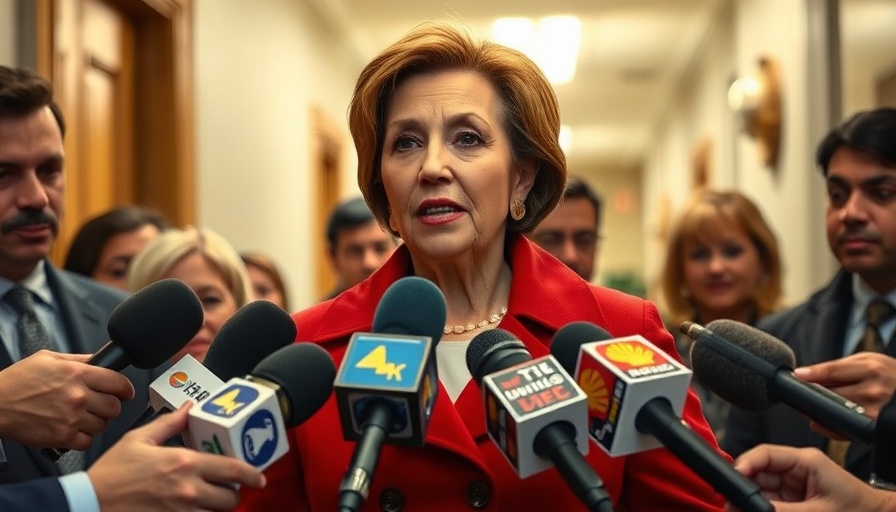
Behind the Scenes: The Reality of the Japanese Salaryman
A recent viral video from a Japanese salaryman has reignited conversations around workplace culture and the often alarming hours that employees endure. The man, who shared his daily schedule, claims to work an exhausting 18-hour day. This kind of grueling effort shocks many, but it’s not merely an outlier. In Japan, many workers face similar fates, especially in what are dubbed 'black companies'—businesses notorious for exploiting employees through long hours and minimal compensation.
Understanding Japan’s Work Culture
In Japan, the concept of the salaryman serves as a symbol of traditional work ethics, emphasizing loyalty and dedication to the company. However, this often comes at the cost of personal well-being. As noted in various studies, long working hours are a significant issue leading to mental health problems and even death from overwork, known as 'karoshi.' The internet's reaction to the salaryman’s plight underscores a growing awareness and concern about these practices.
A Glimpse into an 18-Hour Workday
According to the salaryman’s scheduled post, his day kicks off at 7 AM, followed by a 90-minute commute to his office, a typical scenario in crowded urban settings like Tokyo or Osaka. After a packed schedule stretching from 9 AM to 1 PM, he takes a brief lunch break, only to dive back into work until 8 PM. However, it doesn't stop there; he seemingly continues to work late into the night, leading to a total of 18 hours spent on professional obligations.
The Impact of Workplace Toxicity on Mental Health
Workplace toxicity doesn't just strain productivity; it has serious ramifications for mental health. Employees who endure excessive demands are under constant stress, leading to anxiety, depression, and burnout. The cycle perpetuates itself, as those suffering from poor mental health may find it harder to keep up with their demanding work schedules, further compounding stress and fatigue.
Counterarguments: The Need for Work-Life Balance
While some may argue that the salaryman’s dedication is laudable, it's crucial to consider the cost at which this commitment comes. Advocates for work-life balance emphasize that productivity can be hampered when employees are overworked. Instead of longer hours, focusing on efficiency, quality of work, and employee well-being should be prioritized for healthier business practices.
Future Insights: Shifting Paradigms in Work Culture
This situation begs the question: how can work environments improve in the future? Many experts advocate for more flexible schedules and remote work. These practices can reduce burnout, improve productivity, and lead to happier employees. A paradigm shift towards prioritizing employee well-being could redefine what it means to be successful at work.
Actionable Insights for Employees and Employers
For employees in demanding roles, setting boundaries around work hours is essential for mental health. Communicating with employers about workload and advocating for manageable schedules can help foster healthier environments. On the other hand, organizations must reassess their expectations for productivity and develop policies that promote work-life balance. Simple changes, like enforcing stricter end-of-day policies or incorporating wellness initiatives, can reinforce a healthier workplace culture.
Conclusion: A Call to Address Overwork Culture
The viral account of the salaryman serves as a wake-up call regarding the pervasive issue of overworking across global workplaces. For individuals, advocating for healthier work environments is crucial for mental well-being. Similarly, employers must recognize the long-term benefits of investing in their employees' well-being. As these discussions gain traction, we can hope for better workplace dynamics where balance and health take precedence over endless hours.
It's time to prioritize mental health and end the cycle of unhealthy work practices. If you're feeling overwhelmed, consider speaking to your employer about workload management and share your thoughts on healthy work-life balance.
 Add Row
Add Row  Add
Add 




Write A Comment